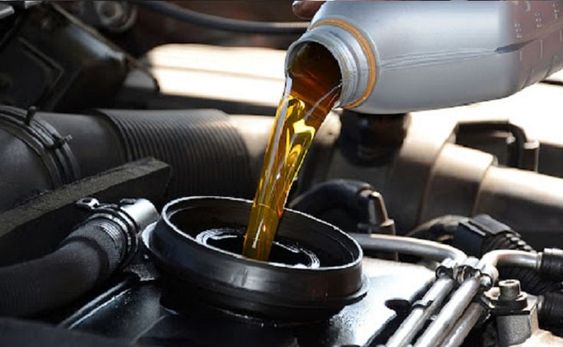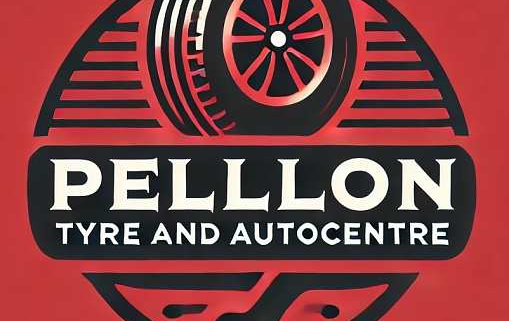CAR OIL LEVELS: Check Them Regularly
Table of Contents
CAR OIL LEVELS

car oil levels
This is one piece of good advice that I failed to carry out myself. So. I had driven to France on a short trip recently in my Peugeot Partner Van when the “Low Oil Level” light came on. Oh, I thought this must be wrong?
I am always preaching to other people to check their car oil levels. Sure enough, the van’s oil level was below the minimum level on the dipstick, and I had two buy a two-liter plastic tub of 5W-30 engine oil for diesel-driven vehicles.
I also recommend that car owners take a small container of oil with them. Just in case it is needed in some remote spot. Luckily, I was near a supermarket. We usually recommend that you change your oil about every three thousand miles. But this does not apply to all makes and models of cars. Just remember, it is better to be safe than sorry, and a regular oil change or car service, is a safe option. Especially if you are a high-mileage driver and perhaps use your car for your job.
Most good garages now use servicing guides that are computerised
We use a system that tells us all the service intervals, including car oil levels, oil changes, and other important things such as the times to change your car’s timing belt. We also refer to the owner’s service manual, which gives us the correct intervals for changing your car’s oil.
So, most of our customers have servicing. Thus, they will leave their car with us for the day. So, either take public transport back home or to work. Also, we have a small fleet of courtesy cars that are available for their use. If they live in fairly close proximity to the garage,. Then we very often give them a lift. For instance, we have a local college nearby, and we are always giving the college tutors. Including some of the older students, a lift to work. While they leave their cars for the work to be carried out.
There is no doubt that it is also a good idea to learn how to check your own car’s oil levels. You should learn to open the bonnet catch. It would surprise you how many of our customers cannot find the catch that will help them open their old car bonnet (hood).
Check your own oil levels with the dip-stick- car oil levels
The second good thing to learn is the “dipstick,” which tells you what your car’s oil level is at the time of the check. Your car manual will show you where it is on your car, but you can also ask your local garage to show you where it is located. I am sure that they will only be too pleased to help.
Once you have located the dipstick, you must take it out and give it a wipe with a clean cloth or tissue paper. Pop the stick back into its housing until you have pushed the stick right in, and then pull it back out slowly so that you do not smudge the reading.
On the stick, there are two markings: a minimum marking and a maximum marking. This is self-explanatory; just top the car oil levels up until you reach the maximum level. Do not exceed the maximum level, because this is as bad as having a low oil level. Having too much oil can cause extra pressure inside the engine and cause your engine to be damaged or even explode.
So keep an eye on your car oil levels and check it at regular intervals. Have your oil changed at regular intervals. When you are checking your own oil levels be careful to check it slowly and carefully and do not overfill the engine with excess oil.
Also I would advise the driver to keep a small amount of the exact same oil that the garage filled your car with on a car service, this can then be used for topping up purposes.
Most garages keep small containers of oil in stock especially for this purpose. Also make sure that the oil that you are topping up with is the
exact same viscosity as the oil in your engine and it is for either petrol or diesel. And finally always have your Car Oil checked after a long or speedy journey.
- Bridgestone Run Flat
- Fiat Panda Corroded Rear Axle
- Peugoet 207 Trac Rod Ends
- MOT Test Chaos Continues
- Buying an Electric Scooter

